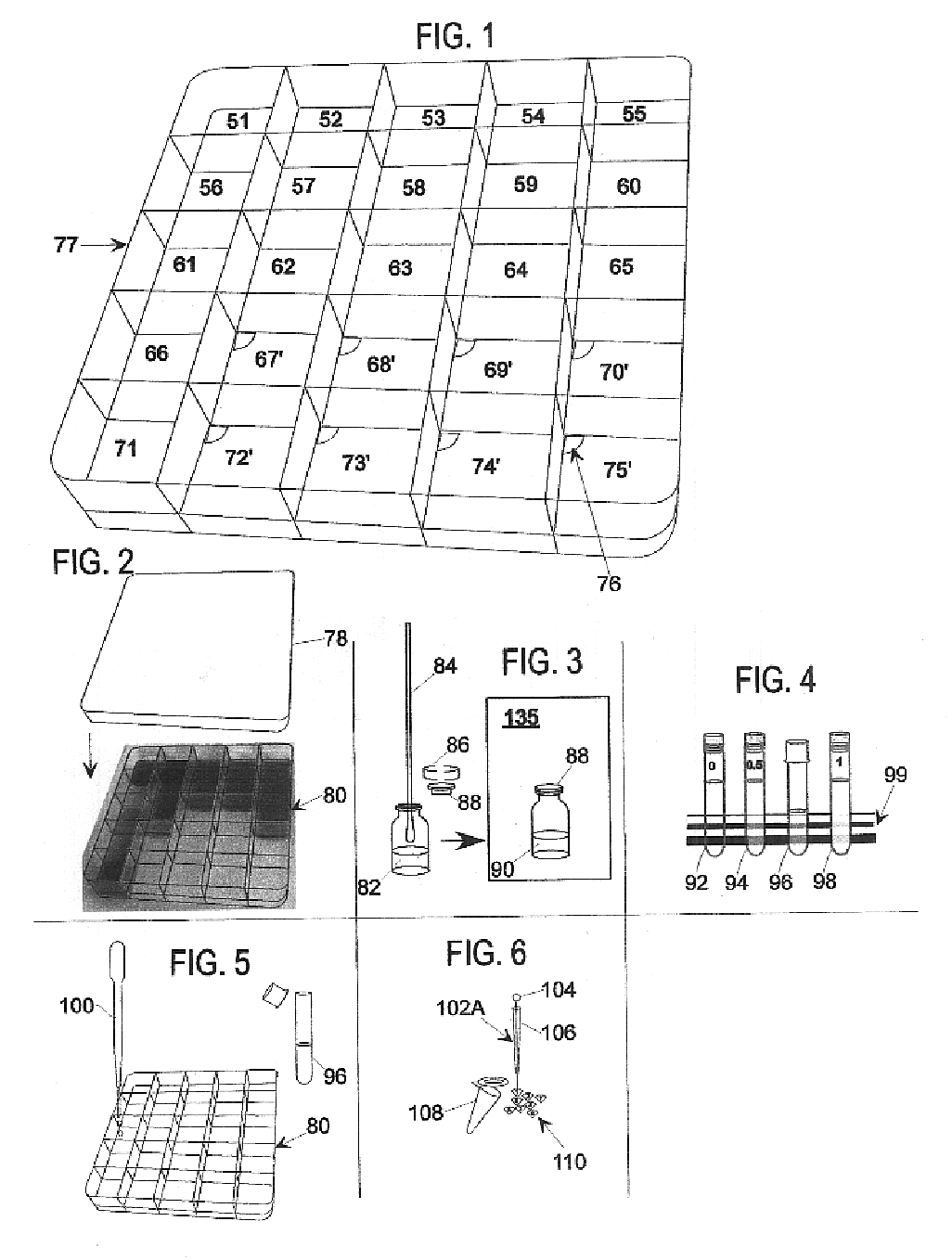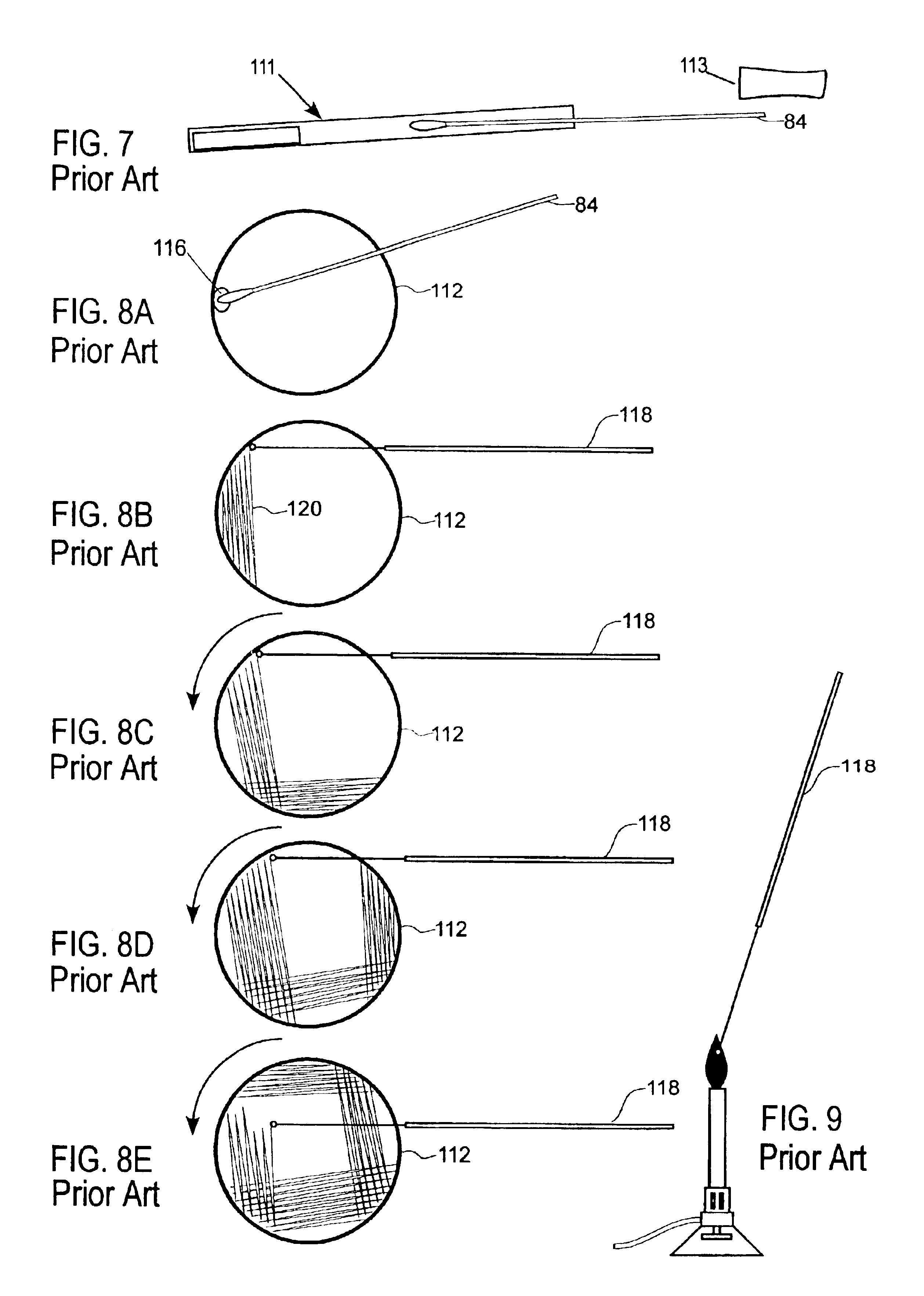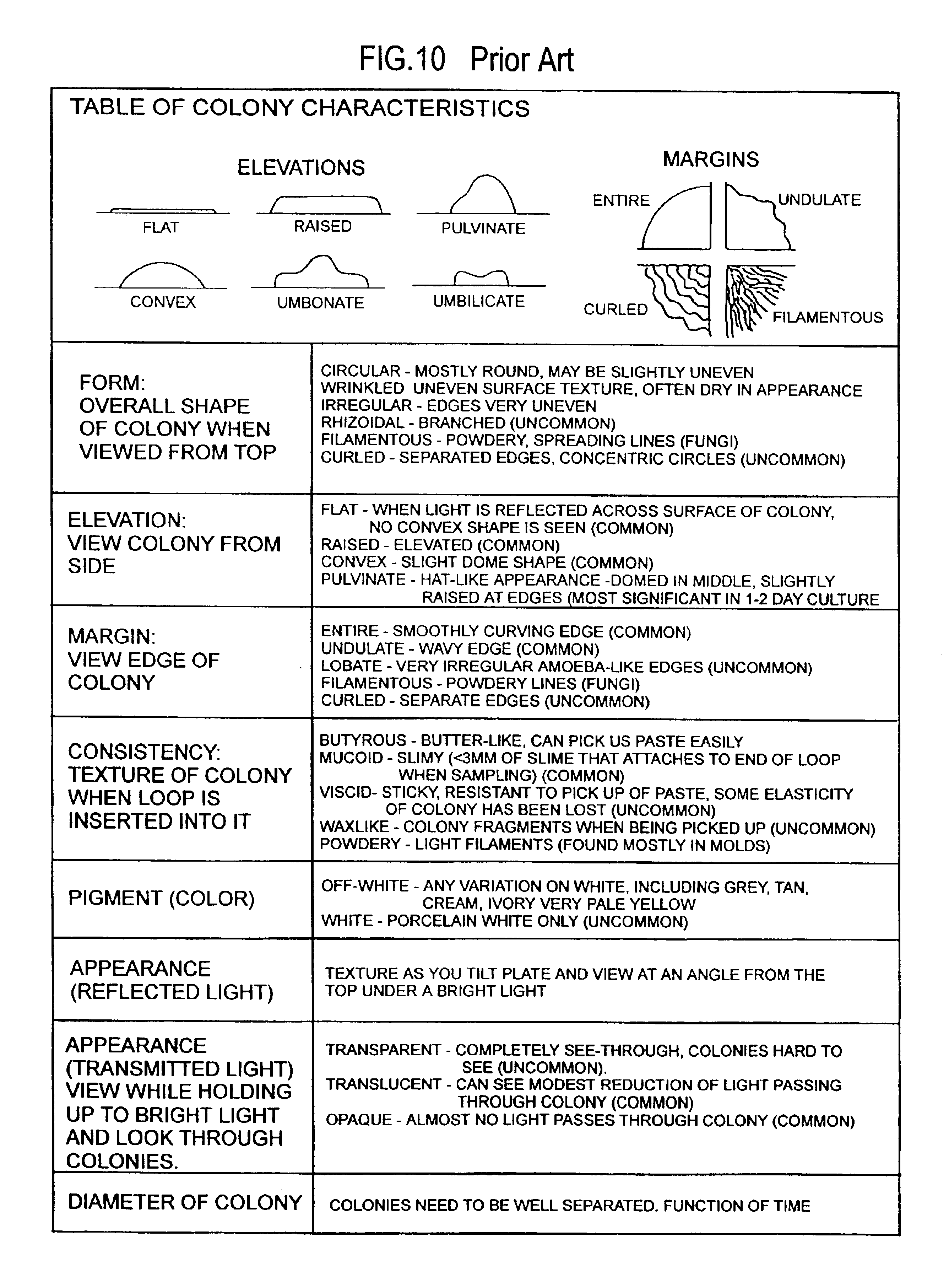Microbial culture medium containing agar and iota carrageenan
a technology of iota carrageenan and culture medium, which is applied in the field of identification and microbial susceptibility testing, can solve the problems of premature death, underdeveloped population, and poor medical conditions in many underdeveloped nations, and achieve the effects of saving money as well as time, reducing the risk of infection, and simplifying the inoculation of microorganism samples
- Summary
- Abstract
- Description
- Claims
- Application Information
AI Technical Summary
Benefits of technology
Problems solved by technology
Method used
Image
Examples
example 1
Reduction of Syneresis in Agar-based Media
[0120]In a first example, the ability of iota carrageenan to stabilize agar-based media was assessed. The media chosen for this example were used in several of the embodiments of the agar-based media of the invention listed in this application. More specifically, in this example, Blood agar, Chocolate agar, MacConkey agar, and Azide blood agar were each prepared three different ways: (1) without any additions, to serve as a control, (2) with the addition of 0.2% (final concentration) Iota Carrageenan, and (3) with the addition of 0.2% Iota Carrageenan plus 1 mM Calcium chloride. These additions were made at time of hydration as described above, and prior to autoclaving. Following the sterilization step (autoclaving), the processes of preparing blood agar, chocolate agar and azide blood agar from the base media were performed using standard microbiology methods. Defibrinated sterile sheep red blood cells and sodium azide were two of the reage...
example 2
The Effect of Calcium and Iota Carrageenan Concentration on the Stabilization of Syneresis in the Agar-based Medium, Mueller-Hinton Agar.
[0123]In a second example, research was conducted to determine the ability of iota carrageenan to stabilize agar gels at a variety of concentrations of carrageenan with and without calcium. The results of this research are summarized in the tables of FIG. 41A entitled: “The Effect of Iota Carrageenan, Without Added Calcium, on Syneresis of Mueller-Hinton Agar,” and in FIG. 42A, entitled: “The Effect of Iota Carrageenan, with 1 mM added Calcium, on Syneresis of Mueller-Hinton Agar. The graphs associated with the above two figures found in FIG. 41B and 42B pictorially illustrate the syneresis-reducing-effect of iota carrageenan and the synergistic effects of adding calcium with certain concentrations of iota carrageenan
[0124]As seen in the two tables, syneresis is greatly reduced in the agar samples prepared with the addition of iota carrageenan. At ...
PUM
| Property | Measurement | Unit |
|---|---|---|
| time | aaaaa | aaaaa |
| surface area | aaaaa | aaaaa |
| volume | aaaaa | aaaaa |
Abstract
Description
Claims
Application Information
 Login to View More
Login to View More - R&D
- Intellectual Property
- Life Sciences
- Materials
- Tech Scout
- Unparalleled Data Quality
- Higher Quality Content
- 60% Fewer Hallucinations
Browse by: Latest US Patents, China's latest patents, Technical Efficacy Thesaurus, Application Domain, Technology Topic, Popular Technical Reports.
© 2025 PatSnap. All rights reserved.Legal|Privacy policy|Modern Slavery Act Transparency Statement|Sitemap|About US| Contact US: help@patsnap.com



